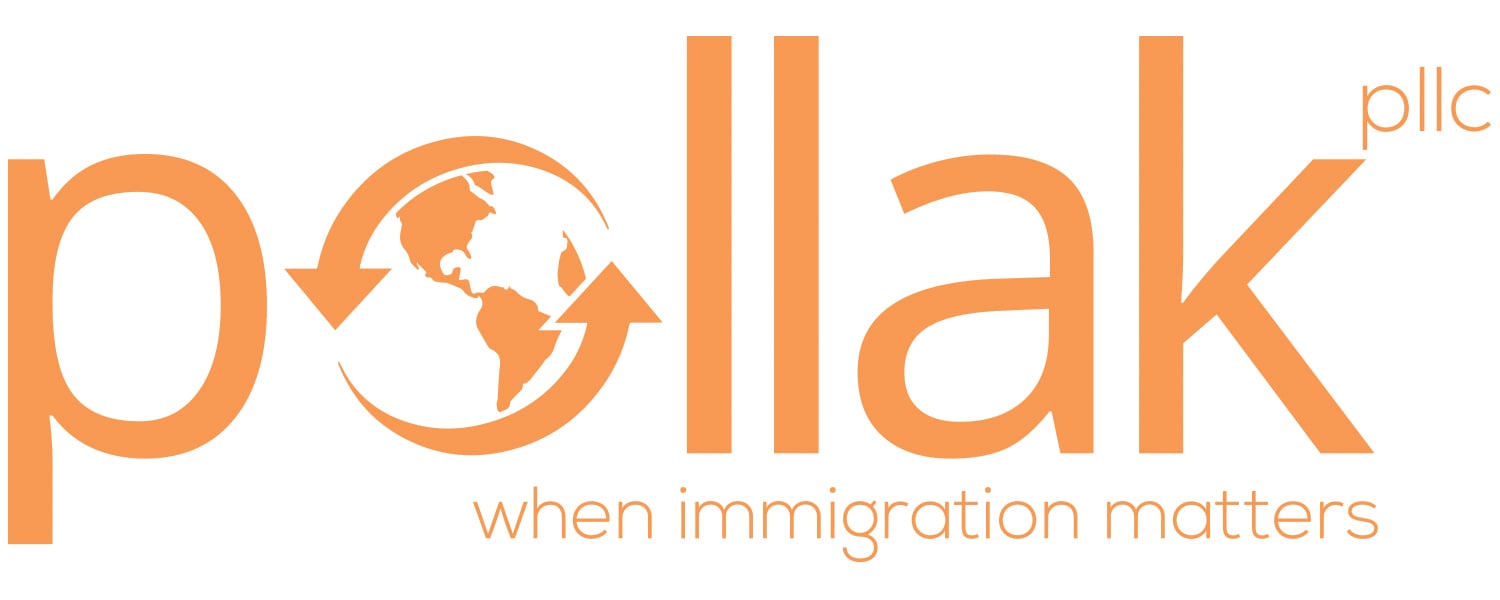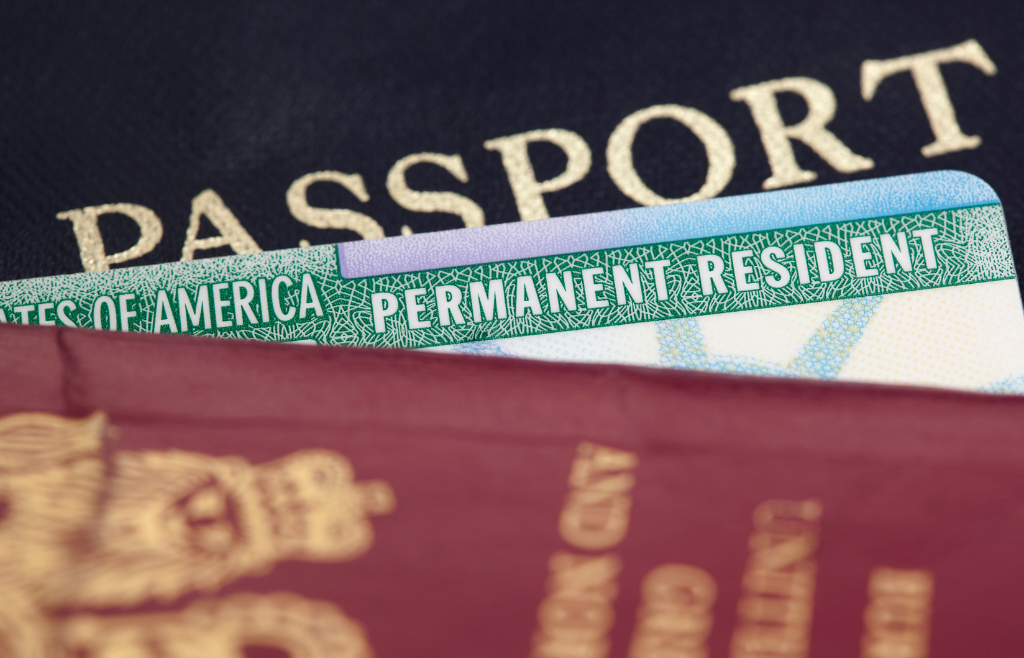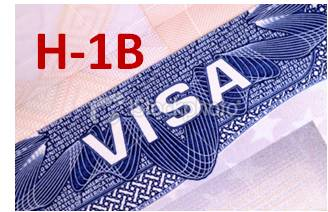Each year, thousands of foreign professionals and U.S. employers rely on the H-1B visa program to maintain skilled employment relationships. As 2025 brings new policy updates and workload shifts within U.S. Citizenship and Immigration Services (USCIS), understanding how to extend H-1B status has become more critical than ever.
The extension process allows professionals to continue working lawfully beyond their initial three-year period, ensuring that both employees and employers maintain compliance under U.S. immigration law. Pollak PLLC helps businesses and professionals navigate the process confidently, minimizing risk and maximizing continuity of status.
Who Is Eligible for an H-1B Visa Extension
The H-1B visa is initially granted for up to three years and can typically be extended for a total stay of six. Some professionals may qualify for additional time through provisions under AC21, particularly when a permanent residency petition is in progress.
Eligibility for Initial Three-Year and Subsequent Extensions
An H-1B employee may apply for an extension if their employment with the same sponsor continues under similar terms. Employers must verify that the role still meets specialty occupation criteria and that wage and location information remain accurate.
Maintaining Legal Status and Employment Authorization
Employees must remain in valid H-1B status throughout the extension process. This means continuing to work only for the petitioning employer and maintaining approved wages and job duties. Timely filing before expiration ensures uninterrupted employment authorization.
Common Reasons for Denial or Request for Evidence (RFE)
USCIS may issue an RFE if documentation is incomplete or inconsistent. Frequent issues include unclear job descriptions, missing employer support letters, or insufficient evidence of specialty occupation requirements. A denial can often be avoided with proper legal preparation and responsive filings.
Options for Dependents on H-4 Status and EAD Eligibility
H-1B dependents on H-4 visas may extend their status concurrently with the primary applicant. Some H-4 spouses are eligible for Employment Authorization Documents (EAD) if the principal H-1B worker has an approved I-140 petition. Pollak PLLC assists families in coordinating these concurrent filings for seamless coverage.
Step-by-Step Guide to the H-1B Extension Process
Filing an H-1B extension involves multiple stages and coordination among the employer, employee, and government agencies. The following steps outline how to maintain compliance and avoid costly delays.
Filing the Labor Condition Application (LCA) with the Department of Labor
The employer must first submit a Labor Condition Application (ETA Form 9035) to the Department of Labor. This filing confirms that the wage offered meets or exceeds the prevailing wage for the occupation and location. Approval of the LCA is a prerequisite for submitting the H-1B extension petition.
Completing and Submitting Form I-129, Petition for a Nonimmigrant Worker
After the LCA is certified, the employer files Form I-129 with USCIS. This form requests an extension of stay and includes detailed information about the petitioner, beneficiary, job role, and worksite. Supporting evidence such as pay stubs, prior approval notices, and company information should accompany the petition.
Compiling the Required H-1B Extension Documentation Checklist
A strong extension package includes the employee’s current H-1B approval notice, copies of the passport, I-94 record, and prior petitions. Employers must also include documentation verifying continued business operations and proof that the role remains consistent with the original petition.
Understanding Supporting Evidence and Employer Responsibilities
Employers must certify continued compliance with H-1B program regulations. This includes maintaining accurate public access files and ensuring that the employee continues to perform the duties described in the original petition. Any changes in job location, duties, or compensation may require an amended filing.
Tracking Case Updates Through the USCIS Portal
Once the extension is filed, USCIS issues a receipt notice that includes a case number for online tracking. Employers and employees can monitor progress through the USCIS Case Status system. Pollak PLLC provides regular updates and helps clients interpret requests or notices as they arise.
H-1B Visa Extension Processing Times in 2025
Processing times for H-1B extensions vary depending on service center workload and whether premium processing is selected. In 2025, USCIS continues to experience fluctuating timelines due to staffing and policy changes, making it essential to plan filings well in advance.
Average Timelines for Standard vs. Premium Processing
Standard H-1B extensions typically take two to six months to process. Premium processing, requested through Form I-907, guarantees a response within 15 business days. This expedited service can be valuable for time-sensitive projects or employees nearing the end of their current authorization.
Factors That Influence Processing Delays
Delays often result from incomplete documentation, changes in USCIS policy, or backlogs caused by high petition volumes. External factors such as administrative reviews or updates to prevailing wage data can also affect timelines. Pollak PLLC monitors these developments to help clients file strategically.
How USCIS Workload and Policy Changes Affect 2025 Timelines
USCIS continues to prioritize transparency in processing estimates, but workloads fluctuate throughout the year. Employers should anticipate additional time for petitions filed in high-volume seasons, especially around fiscal-year deadlines.
Strategies to Avoid Unnecessary Delays or RFEs
Accurate preparation remains the best way to prevent delays. Employers should confirm that all documentation is up to date, including job descriptions and wage levels. Filing well before expiration ensures additional time to respond to any USCIS requests. Pollak PLLC reviews every case in advance to minimize risk and maintain uninterrupted employment authorization.
A Complete Breakdown of H-1B Extension Fees
Understanding the full cost of an H-1B extension helps employers budget effectively and stay compliant with federal regulations. The following breakdown reflects the most common fees associated with extensions in 2025.
Standard Government Filing Fees and Associated Costs
The base filing fee for Form I-129 remains $460. Employers must also include a $500 Fraud Prevention and Detection Fee if applicable. Additional surcharges may apply for companies with large numbers of H-1B employees or specific public law requirements.
Premium Processing Fee and When It Makes Sense to Use It
The current fee for premium processing under Form I-907 is $2,805. Employers often use this service when an employee’s work authorization is expiring soon or when travel or project schedules depend on prompt adjudication.
Employer vs. Employee Payment Responsibilities
By regulation, employers must pay all required filing fees associated with the H-1B petition, except optional services such as premium processing that may benefit the employee personally. Pollak PLLC ensures proper cost allocation to avoid compliance issues during audits.
Potential Additional Costs for Dependent (H-4) Extensions
If an H-1B employee’s dependents are extending H-4 status, separate fees apply for Form I-539 and Form I-765 (if requesting an EAD). Coordinating these filings together can help prevent gaps in family members’ lawful status or employment authorization.
Extending Beyond Six Years: How the AC21 Act Can Help
Some H-1B professionals qualify to extend their status beyond the standard six-year limit through the American Competitiveness in the Twenty-First Century Act (AC21). This law provides flexibility for employees who have begun the permanent residency process but are waiting for their petitions or priority dates to become current.
What the American Competitiveness in the Twenty-First Century Act (AC21) Allows
AC21 permits certain H-1B holders to continue extending their status in one-year or three-year increments if specific green card steps are underway. This protection ensures that individuals do not lose lawful status while waiting for USCIS or the Department of State to complete immigrant visa processing.
Eligibility for Extensions Beyond the Six-Year Limit
An H-1B worker may qualify for an extension under AC21 if a labor certification (PERM) or Form I-140 immigrant petition was filed at least 365 days before reaching the six-year maximum. If the I-140 is approved but the priority date is not yet current, the worker may receive three-year extensions until an immigrant visa becomes available.
How Pending PERM or I-140 Petitions Affect Extension Eligibility
Pending or approved petitions are key to determining eligibility. The employer must maintain the validity of the underlying green card process, and the employee must remain in lawful H-1B status at the time of filing. Pollak PLLC ensures that timing and evidence are properly coordinated between immigrant and nonimmigrant filings to prevent status gaps.
Transitioning from H-1B to Green Card Through AC21 Provisions
Once the employee’s priority date becomes current, they may apply for adjustment of status and transition from H-1B to permanent residency. Pollak PLLC guides clients through this process, ensuring that concurrent filings and documentation align with AC21’s requirements and that work authorization continues without interruption.
The 240-Day Rule: Working While Your Extension Is Pending
The 240-day rule allows H-1B employees to continue working for the same employer after their current status expires, provided that the extension petition was filed before expiration. This protection is essential for maintaining business continuity while USCIS reviews the application.
What the 240-Day Rule Means for H-1B Employees
Under federal regulation, an H-1B employee may keep working for up to 240 days after their original authorization expires as long as the extension is properly filed and remains pending. If USCIS approves the petition, employment authorization continues seamlessly.
Employer Responsibilities During the Pending Period
Employers must verify that the extension petition was filed before the expiration date listed on the employee’s Form I-94. They should retain the USCIS receipt notice as proof of continued work authorization. Pollak PLLC assists companies in maintaining accurate records to confirm compliance during audits or verification checks.
Risks of Working After Authorization Expires
If the 240-day period ends and the extension is still pending, work must stop until approval is issued. Continuing to work beyond this timeframe can create status violations for the employee and liability for the employer. Pollak PLLC helps clients track deadlines and maintain communication with USCIS to prevent lapses.
How Pollak PLLC Helps Employers Maintain Compliance
We provide detailed timelines and reminders to ensure every filing is completed well before expiration. Our firm monitors petitions through the USCIS portal, responds promptly to agency inquiries, and keeps both employers and employees informed throughout the process.
Partnering with Pollak PLLC for Your H-1B Extension
Extending H-1B status requires precision, timing, and knowledge of current immigration law. Pollak PLLC provides comprehensive legal support for both employers and professionals navigating extensions, AC21 filings, and dependent applications.
Our team prepares each petition with meticulous attention to documentation, ensuring compliance with USCIS and Department of Labor requirements. We help employers understand their obligations and guide professionals in maintaining lawful status while pursuing long-term residency.
Whether you are renewing your H-1B for the first time or seeking an extension beyond six years, Pollak PLLC offers the experience and personalized service needed to move forward confidently.
Contact our Dallas or Fort Lauderdale offices today to schedule a consultation. We are ready to help you plan your next steps and protect your employment authorization under U.S. immigration law.




